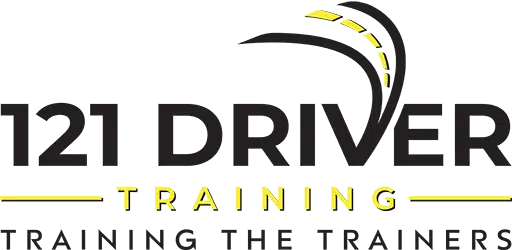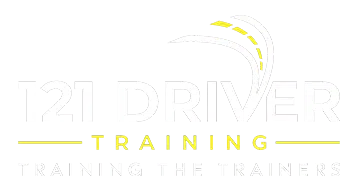Navigating the swirling, turning, and often confusing world of roundabouts can be a daunting task for any driver, let alone for someone who is just starting to grasp the steering wheel. For these newbies on the road, roundabouts may appear as puzzling mazes that are intimidating, to say the least.
As driving instructors, it’s your job to ease this anxiety and make sure your students are equipped with the knowledge and confidence to handle these circular intersections like a pro. We’ll dive right into the nitty-gritty of roundabouts, breaking them down into digestible bits and pieces that will make teaching about them a breeze. From the basic rules of entering and exiting a roundabout to understanding the right of way and signaling, we have it all covered.
Driving Circles: An In-Depth Guide for Instructors Teaching Roundabouts
1. Signal Usage and Timing for Roundabout Navigation
When navigating roundabouts, accurate signal usage and timing are vital to ensure smooth traffic flow and prevent accidents. Instructors should emphasise the following points when teaching signal usage to their learners:
- Indicate intention to enter the roundabout: Teach learners to signal their intention to enter the roundabout, using their left or right indicator depending on whether they are turning left, right, or continuing straight ahead.
- Cancelling the signal when appropriate: Ensure learners understand the importance of cancelling their indicator once they have entered the roundabout, particularly if they are proceeding straight ahead.
- Signalling before exiting the roundabout: Instruct learners to activate their left indicator just before their intended exit, signalling their intention to leave the roundabout.
2. Lane Selection and Adherence within Roundabouts
Selecting and maintaining the appropriate lane within a roundabout is crucial to ensure safe navigation. Instructors should provide guidance on the following key points related to lane selection:
- Lane choice based on destination: Teach learners to choose the appropriate lane for their intended exit within a roundabout, with the left lane generally reserved for exits to the left or continuing straight ahead and the right lane designated for right turns or U-turns.
- Maintaining lane position: Encourage learners to remain in their chosen lane, avoiding any rapid lane changes or weaving within the roundabout that may cause confusion or accidents.
- Exiting from the correct lane: Instruct learners to exit the roundabout from their chosen lane, once again ensuring that they activate their left indicator just before the exit.
3. Safely Entering and Exiting Roundabouts
Teaching learners the proper techniques for entering and exiting roundabouts is crucial for maximising safety and maintaining smooth traffic flow. Instructors should focus on the following aspects when teaching these skills:
- Approaching the roundabout: Ensure learners appropriately reduce their speed as they approach the roundabout. Encourage them to observe the traffic flow within the roundabout, anticipating when it will be safe to enter.
- Giving way to traffic within the roundabout: Teach learners the importance of giving way to the vehicles already in the roundabout, waiting for a safe and appropriate gap in traffic before entering.
- Exiting the roundabout smoothly: Instruct learners to maintain a steady speed as they prepare to exit the roundabout, activating their left indicator just before their intended exit and steadily accelerating once they have left the roundabout.
4. Addressing Unique Roundabout Scenarios and Challenges
Beyond essential roundabout navigation skills, instructors should prepare learners for unique roundabout scenarios, such as multi-lane roundabouts, unusual layouts, or heavy traffic conditions. Consider addressing these topics during driving lessons:
- Navigating multi-lane roundabouts: Explain the importance of choosing the correct lane, signalling, and maintaining lane position in more complex, multi-lane roundabouts.
- Adapting to unique roundabout layouts: Discuss how learners should adapt their navigation techniques for roundabouts with irregular shapes, such as ovals, elongated circles or those with additional lane markings or traffic management features.
- Handling heavy traffic within roundabouts: Provide strategies for learners to cope with heavy traffic conditions, such as being patient and remaining vigilant when looking for safe opportunities to enter or exit the roundabout.
Mastering the Art of Navigating Roundabouts: A Guide for Driving Instructors
Driving instructors play a crucial role in demystifying roundabouts for learner drivers, ensuring that their learners develop the skills and confidence needed to navigate these traffic systems safely and effectively.
121 Driver Training, a TfNSW and ASQA-approved Registered Training Organisation, offers comprehensive Driving Instructor Courses that equip instructors with essential expertise and resources to teach roundabout navigation techniques effectively.
Enhance your teaching skills and empower your learners to master roundabout navigation with 121 Driver Training’s range of driving instructor courses in Australia. Prepare the next generation of drivers to navigate roundabouts with confidence and ease, contributing to a safer and more efficient road environment for all.




